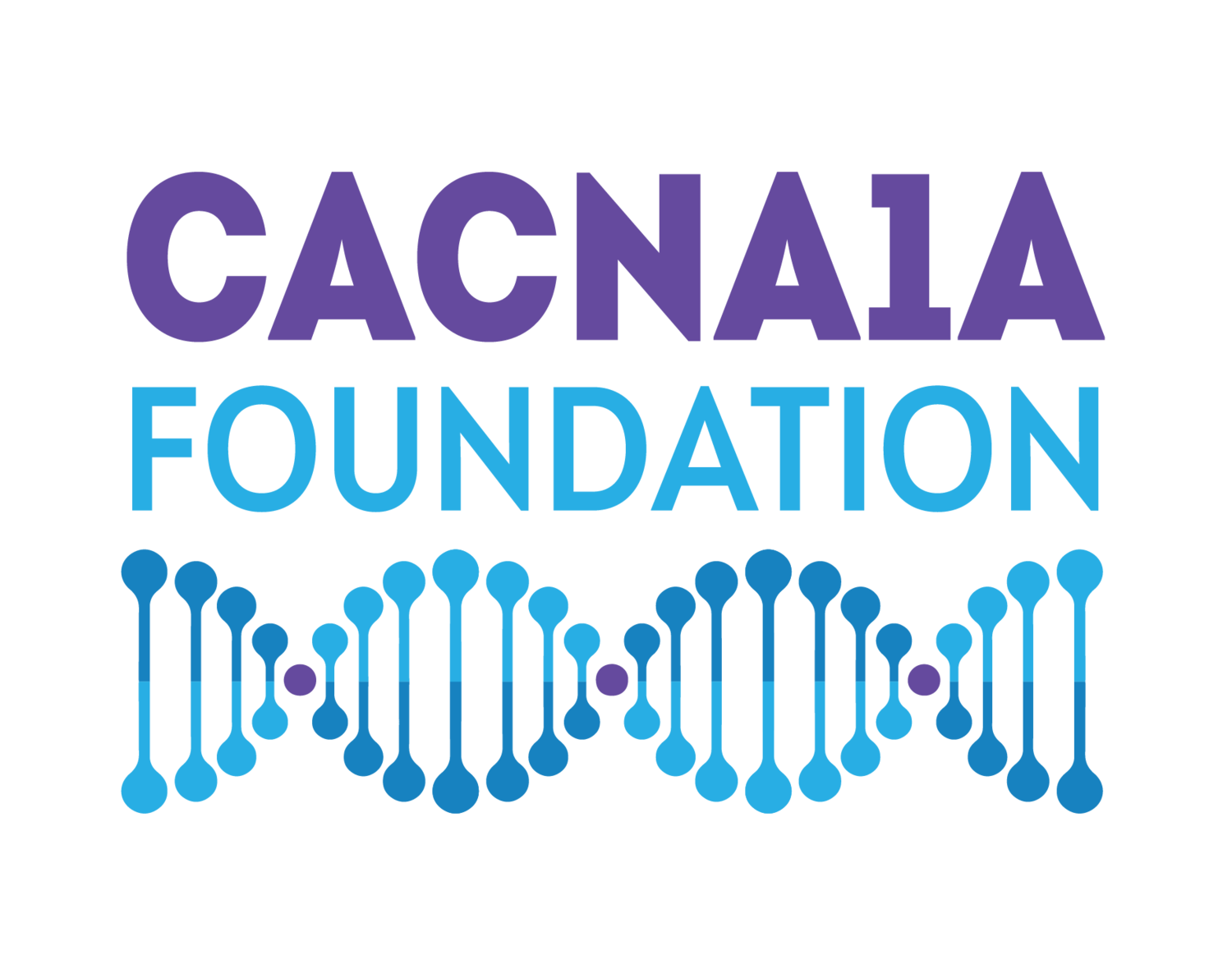Sarah’s Story
Sarah is a 13-year-old girl from Minnesota. She was diagnosed at 8-years-old with a CACNA1A de novo variant. She has a great sense of humor, and her smile lights up any room. She has good receptive language and loves GiggleBellies on her iPad. She makes our family better in so many ways!
Variant: R1349Q
History
Sarah was not born with any specific symptoms of CACNA1A. Immediately after her birth, both our obstetrician and pediatrician suspected a diagnosis of Down Syndrome. This, of course, was not the case, but she presented with some dysmorphic features, such as small, misshapen ears, epicanthal folds, and a single palmar crease. It didn't take long for us to notice atypical development. She was super fussy and didn't like to be held. In the first few months of her life, we observed vertical nystagmus. She also had delayed development and was slow to reach milestones.
Sarah held her head up and rolled over when she was almost one year old, sat unassisted at two years old, and between two and three had some words, such as /ma/ for “no”, /mimi/ for “Mary”, /sue/ for “Sue”, “go”, “yeah”, /chee/ for “cheese”, /da/ for “dad” and “star.” She crawled and pulled up to standing in her crib and by the TV stand around age three. She has never stood or taken steps alone.
Sarah has had two severe hemiplegic migraine (HM) events - one when she was three years old and one at seven. After the first event, she had extensive testing that led to a clinical diagnosis of mitochondrial dysfunction. However, it was based on a few wonky test results and symptoms, not on a definite genetic finding. As she got older and after her second HM event, Sarah’s epileptologist suggested we see a different geneticist. By this time, genetic advances in testing had been made and Sarah finally received a diagnosis of a CACNA1A mutation from Whole Exome Sequencing. Our doctors still suspect there is more to be discovered genetically for Sarah as her presentation isn't entirely explained by the CACNA1A and clinical Mito dysfunction diagnoses.
Sarah requires assistance in all activities of daily living. The speech and signs that she had were lost after the two major hemiplegic migraine events. Sarah is currently non-verbal and has no signs. She sits alone but sometimes will just "fall back" when she is done, so we make sure she is propped with something behind her for safety. She crawls/shifts a little bit to reach a toy. She uses a wheelchair but cannot self propel and is able to use a gait trainer with some assistance. She can feed herself finger foods with her right hand. She had been able to drink independently prior to her major events but has lost that skill. She doesn’t drink enough fluids out of her sippy/straw cup to really count for anything so she has a gtube for meds and all fluids. Her left side is weaker than her right from the last event and she isn't able to use her left hand purposefully.
Diagnoses
Horizontal nystagmus (initially diagnosed with vertical nystagmus)
Seizure Disorder - status epilepticus
Sporadic Hemiplegic Migraine - Sarah had two severe events of nonconvulsive status epilepticus, stroke, brain swelling/edema, and respiratory distress, which were not induced by head trauma. Now that we have a diagnosis, I would label these as severe hemiplegic migraine events.
Ataxia/movement disorder
Severe sleep apnea (remedied by surgery)
Kidney reflux (remedied by surgery)
Severe Scoliosis (had surgery for spinal rods)
Nearsighted/astigmatism/nystagmus
Education & Therapies
Sarah has been in private physical therapy (PT), occupational therapy (OT) and speech therapy since infancy. They are all helpful and a very important part of her life. She especially likes PT in the pool! Her Individualized Education Plan (IEP) includes speech, OT, PT, and adaptive physical education.
For Those Newly Diagnosed
Every child is a miracle and gift. But, remember, grieving for what you thought life would be like for your child is normal. Each day get up, wash your face, and really take in all your child has to share with you throughout the day. The morning smile Sarah gives me each day when she hears me come into her room...I just can't find the words to express the joy she is and the joy she gives!

